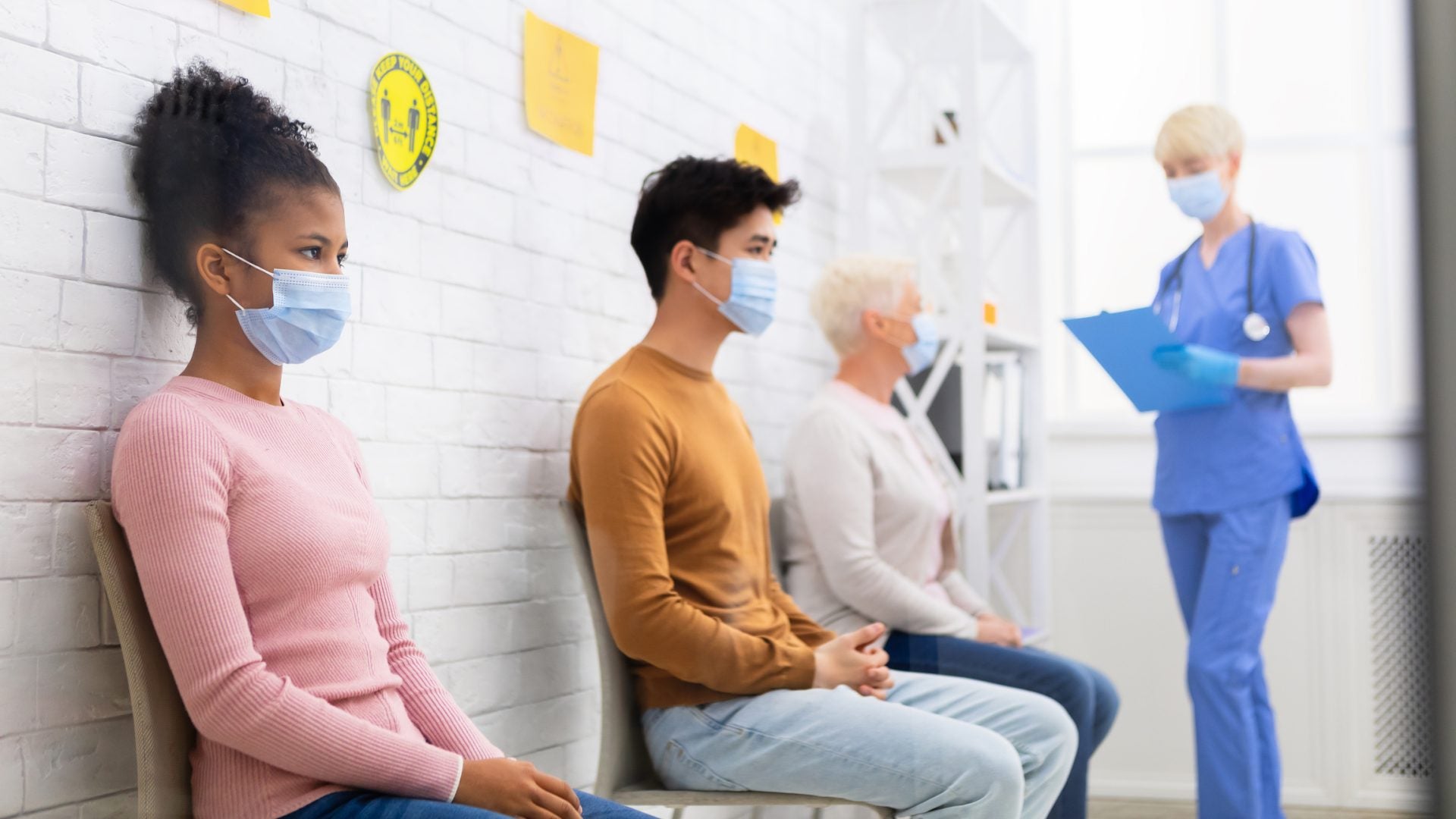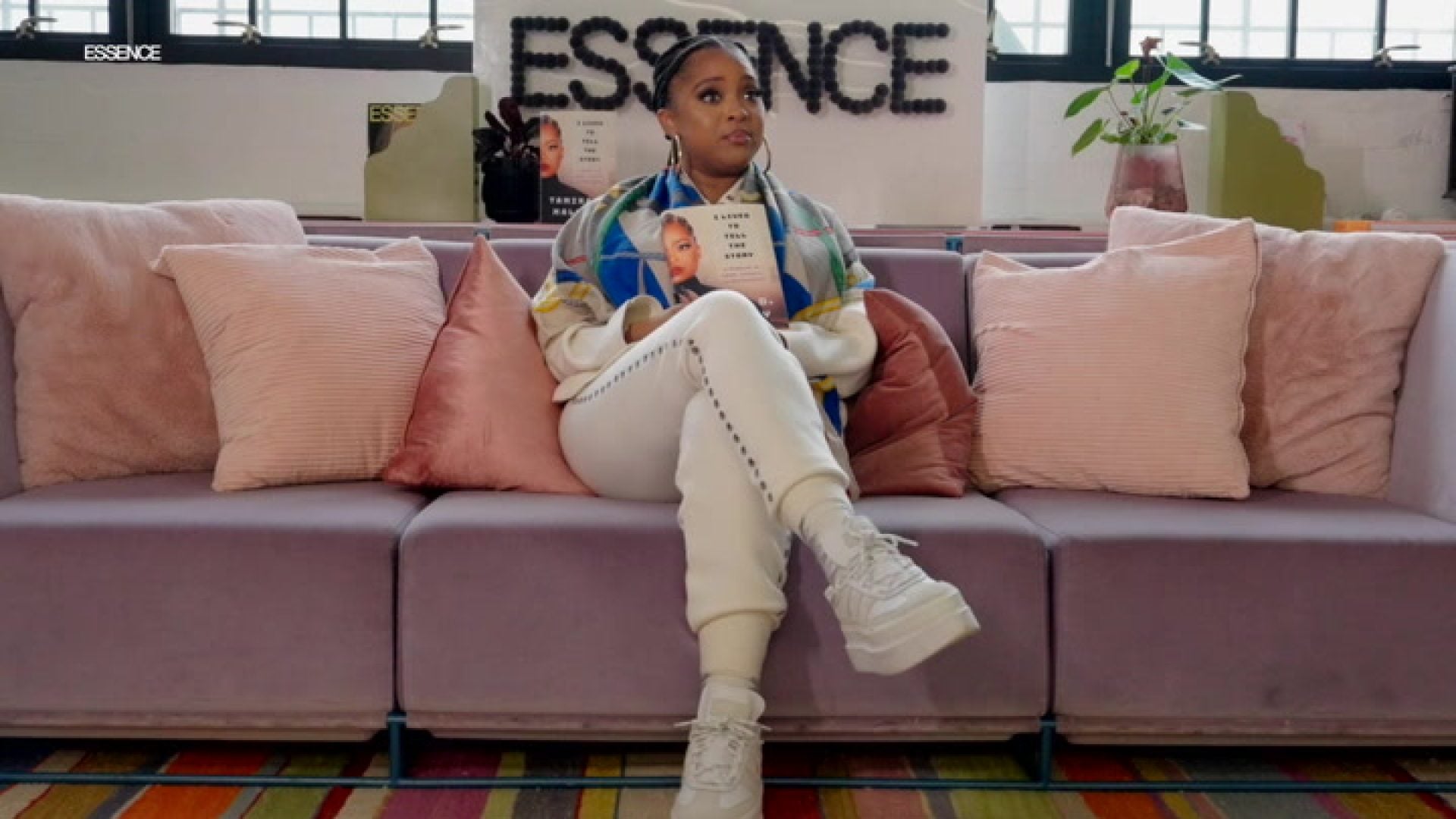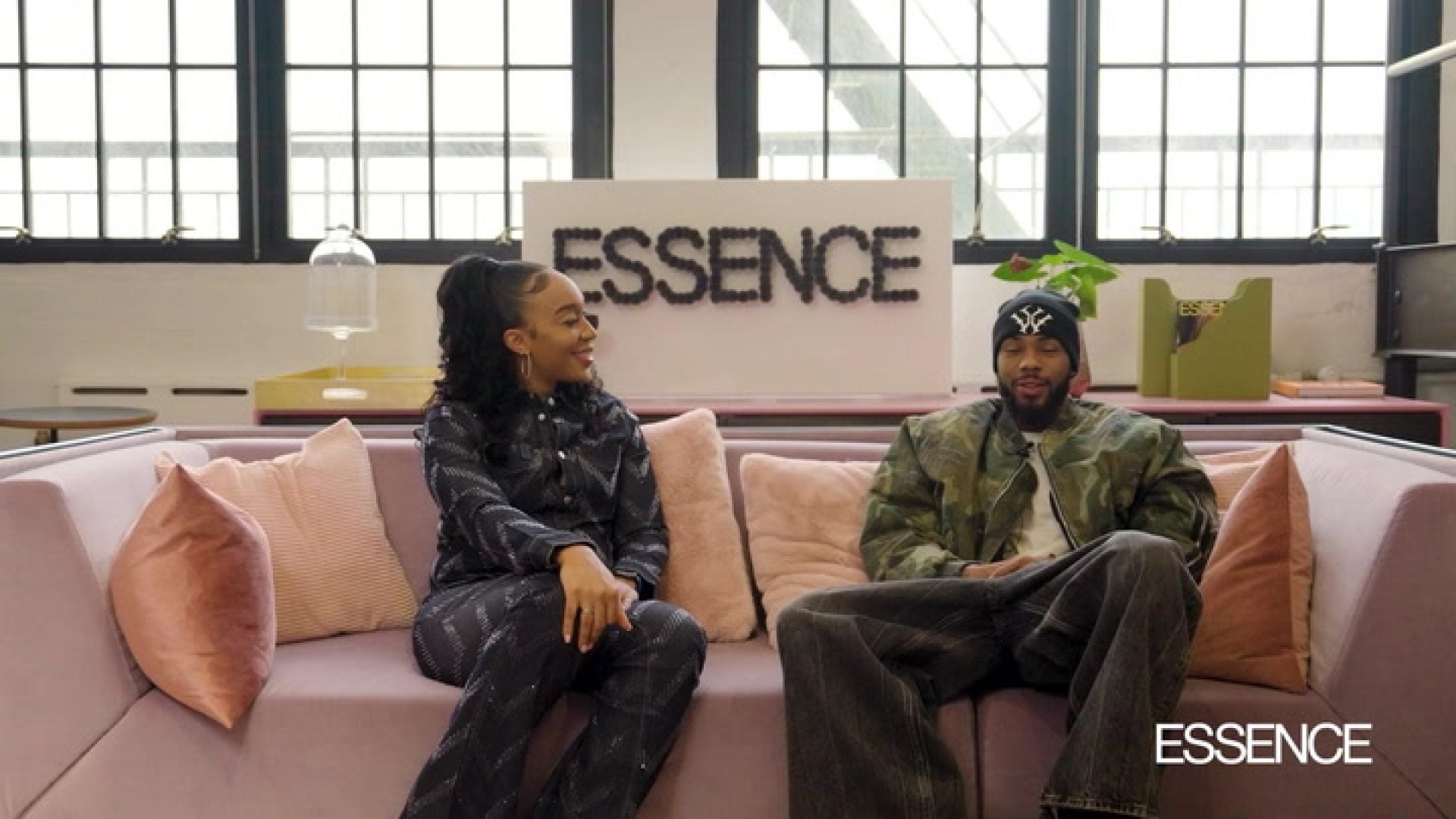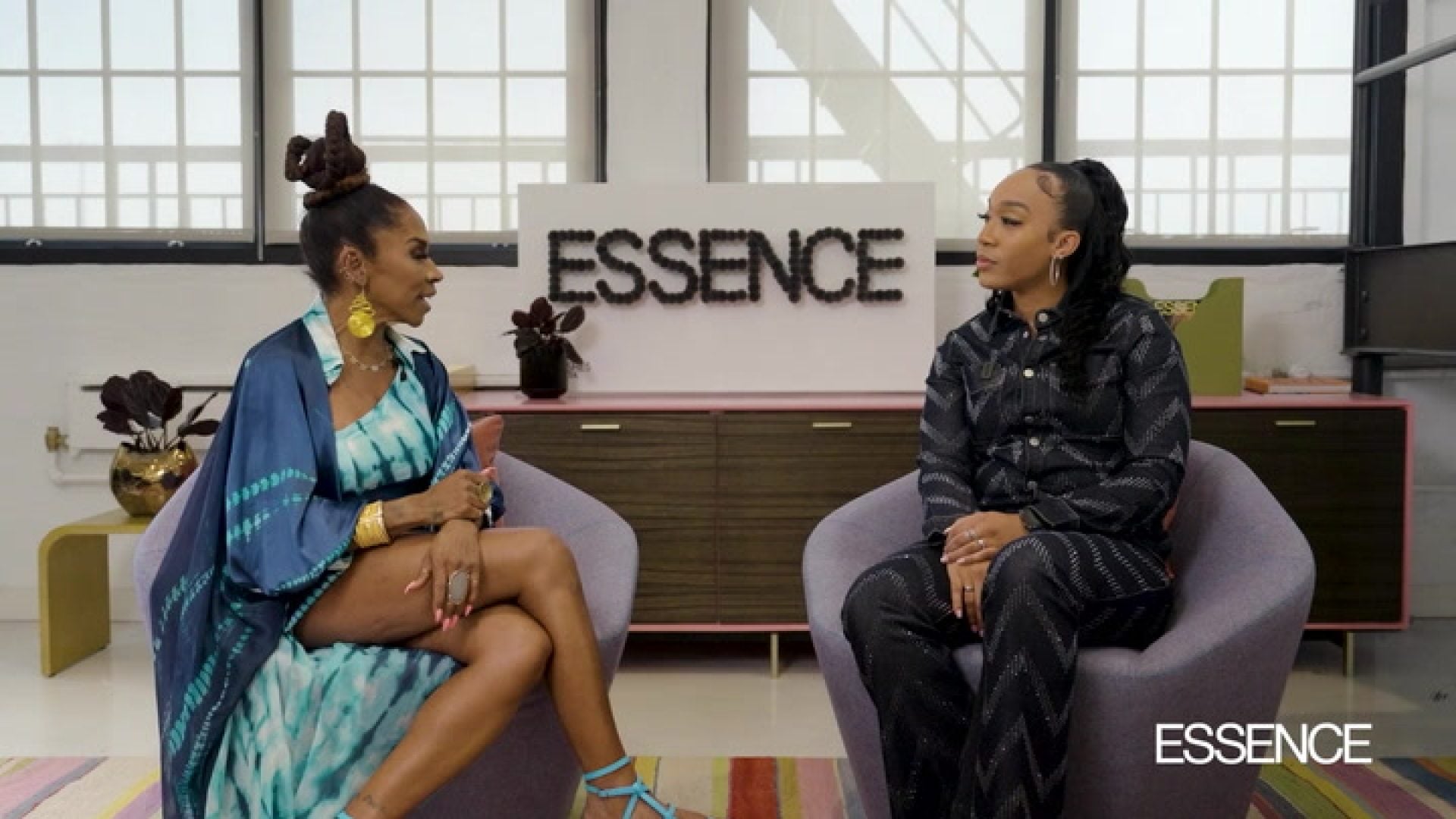
No one wanted it to happen, but it’s happening. We’re back in the thick of the pandemic. Just when you thought you could burst your social bubble, Omicron started running amok and it’s not letting up. Plus, Delta is still in the mix. If it’s not one variant, it’s another! With that double blow, single-day infection numbers are soaring. Hospital beds are filling up again. The public is at a breaking point. The sad reality is that this recent surge of Omicron places us in an unhealthy compromise – unhealthier than ever before. Because it is an easily transmissible virus, it requires more frequent testing, but that’s not always an available option. That being said, how do you keep yourself (and those around you) well when you’ve been in contact with someone who is positive for COVID-19?
To quarantine or not to quarantine
Surely, no one wants to hear that they’ve been in the company of a COVID-positive person – within six feet for a total of 15 minutes over a 24-hour period. However, chances are extremely high (especially with this new and highly contagious Omicron variant) that you will be exposed. In fact, it’s as good as guaranteed that we all will.
Let’s assume you already have been. Maybe you received a call from a friend or co-worker, or your doctor. Does it mean you have to drop everything and lay low? The answer isn’t cut and dry. To quarantine or not to quarantine depends on your vaccination status: unvaccinated, fully vaccinated, or fully vaccinated and boosted (more on that, later). The good news? If you do have to take a hiatus, it won’t be as long as previously recommended.
For the unvaccinated or vaccinated but not boosted
According to the most recent updates by the Center of Disease Control (CDC), if you’ve had a COVID exposure and have chosen not to get the vaccine, the vaccine is not recommended by your health provider because of your health history, or you are vaccinated but haven’t received a booster, take out your calendar and circle five days after your initial contact. That’s the date you can come out of quarantine if asymptomatic (check with your local health department for specifics).
After your five-day quarantine, you’ll need to do the following:
- Strictly mask up for an additional five days in all settings where you can infect someone, including your own home if someone is living there who doesn’t have COVID-19.
- Be mindful of your interactions because they can have far-reaching, harmful consequences for others.
Let’s not let each other down. With so much uncertainty, it’s important to behave responsibly and live by the rules. And if you haven’t received your booster yet, you can obtain one six months after the Moderna or Pfizer vaccine and two months following the Johnson and Johnson vaccine.
For the fully vaccinated plus boosted
The option to skip quarantine is only available to those who are fully vaccinated and boosted. Following a coronavirus exposure, if you are symptom-free and meet this criteria, you can hold off before parting company from the rest of the world. It’s okay to continue normal activities as long as you exercise the following precautions:
- Wear a mask. You’re advised to wear one for 10 days or until you receive a negative COVID test. When you are out and about and around other people, wear a mask that covers your mouth and nose (this is a healthy habit regardless of known exposure).
- Wait five days to test. If you do not have symptoms, wait five days after being in close contact with COVID before you get tested. It may seem like weeks, especially when you’re anxious to know if you are positive, but testing too soon may give a false negative result, which doesn’t help things.
- Practice social distancing. Stay a healthy distance (six feet) away from others and keep interactions short (less than 15 minutes, which may not be a bad thing in some situations!).
Monitoring symptoms
If and when symptoms of COVID arise and the move into isolation is medically necessary, we’re all in this boat together, regardless of vaccination status. If there has been an exposure to coronavirus, monitor for symptoms – fever, cough, difficulty breathing, loss of taste and smell, fatigue, headaches, body aches, sore throat, congestion, and runny nose. You don’t have to have all of them, just some.
If symptoms do appear, ride it out alone. If you live with others, do what’s possible to separate yourself from them for five days after developing symptoms. In addition to that, wear a mask at all times, without exception, for another five days. Remember, ending the pandemic means we are all for one and one for all.
Create and stock your emergency preparedness kit
Got exposed? To minimize the disruption COVID can have on your life, be sure to stock up on a few essentials and have your emergency (and emotional) COVID preparedness kit stocked and accessible. The following are a few essential items to ward off moans and groans associated with COVID:
- Tylenol or Motrin to soothe aches and lower a fever.
- Cough syrup to calm a bothersome cough so you can get some rest.
- Purchase a pulse oximeter at your local pharmacy to keep tabs on your oxygen level. If it falls below 95%, contact your health provider right away.
- Discuss with your doctor beforehand if you’re a candidate for monoclonal antibodies. After exposure, there’s a seven to 10-day window to receive the therapy. This may be a tough call since the treatment may not be as effective against Omicron as it is with other variants.
Additional ways to lighten the viral stress load of the coronavirus include:
- Save sick days to navigate recovery, especially if you’re the primary caretaker for other people in your family.
- For parents, identify someone to help with the kids. Parenting can be a challenge when you are out of commission due to COVID.
- Find a secluded space in your home where you (or a family member) can take refuge in the event of a coronavirus infection.
Preventing the spread
Stop the spread before it even starts. Having home COVID tests on-hand makes it easier to find out if you’re positive, giving you the knowledge and power to take action sooner. Production of home COVID tests have ramped up, so getting one or three (let’s not make this a repeat of the coronavirus toilet paper hoarding, though) is sensible. Taking the test really can prevent the superspread of the virus. How, you ask? People attending an event can take a home COVID test as close as possible to the time of gathering. A positive test indicates you’re infectious. If this happens, gracefully bow out from planned events, send your regrets, and everyone will thank you.
“Keep calm, breathe and think”
The ever-changing nature of COVID-19 continues to cause quite the conundrum. But there are rays of hope that empower you to stay safe, such as at-home testing and the accessibility of vaccines, with more coming to the market soon, including anti-viral pills. In the meantime, if you have an exposure to coronavirus, in the wise words of my four-year-old niece, “keep calm, breathe, and think.” When you do so, you can protect yourself — and others.
Dr. Bernadette Anderson is a family physician, the founder of Life in Harmony LLC, a wellness curator, and author of her upcoming book, “Fulfilled. 52 Prescriptions for Healing, Health, and Happiness.” Her home base is in Columbus, Ohio, but Dr. B can also be found online on LinkedIn and Instagram.







